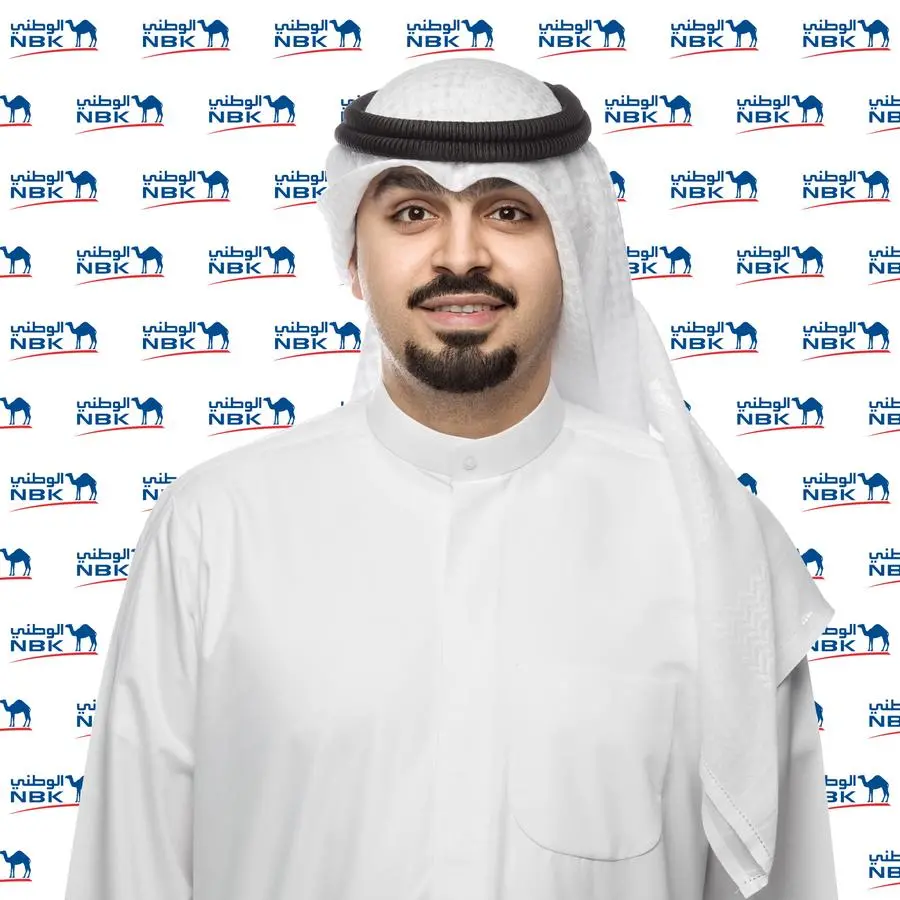PHOTO
The McKinsey Global Institute released its new report Saudi Arabia beyond oil: the investment and productivity transformation. This groundbreaking, year-long study explores one of the world's largest and one of the least understood economies in the world.
While much of the outside world has focused on the very real challenges the Kingdom faces, our analysis suggests that there is a viable opportunity to transform the Saudi economy, building on the oil-boom growth seen between 2003 and 2013 when Saudi Arabia became the world's 19th largest economy, paid off its debt, and invested heavily to modernize the Kingdom's infrastructure. The challenge today is making the Saudi economy more sustainable and less dependent on oil, which today accounts for almost 90% of government revenue.
To examine the implications of the changing internal and external conditions, MGI has built a comprehensive economic model that integrates the Kingdom's economic, labor market, and public finance perspectives.
An investment and productivity-led transformation
In MGI's 'full potential' scenario, if the Kingdom is able to inject new dynamism into the economy through a productivity- and investment-led transformation, our research indicates it could double GDP and create new job opportunities for six million Saudis by 2030. Significant reforms in the labor market, of business regulation, and fiscal management would be required to realize the intrinsic potential of the non-oil economy. Successfully implemented, these reforms could usher in a new cycle of prosperity for the Kingdom.
These bold measures will be needed to avoid a significant rise in unemployment, declining household income and a growing fiscal deficit. MGI's modelling of a 'reactive change' scenario has shown that the alternative for Saudi Arabia could be a rapid economic deterioration over the next 15 years. Even if the government were to react by introducing a freeze on public spending or intervening in the labor market to reduce the inflow of migrant workers - who currently constitute more than half the labor force - household income would nonetheless likely fall, unemployment would rise and there would be a growing fiscal strain.
Jonathan Woetzel, a Director of the McKinsey Global Institute said:
"Three numbers--two, four, and six--tell the potential benefits of urgent reform to the Saudi economy. By 2030, GDP could again double in size, adding an additional $800 billion--the equivalent of Turkey's economy today, or three Finlands. The non-oil economy could be invigorated by $4 trillion in investment, most of it from private sources, both Saudi and international. And the Kingdom could create job opportunities for as many as 6m Saudis, enough to absorb the influx of young people who will reach working age and join the labor market."
Achieving this transformation would require:
1. Economic Growth. Private enterprise for now is relatively small but has potential to drive much of the future growth and growth in productivity. Our research sets out eight sectors: mining and metals, petrochemicals, manufacturing, retail and wholesale trade, tourism and hospitality, healthcare, finance and construction - that potentially could contribute more than 60 percent of the overall growth needed to double GDP by 2030 and create the millions of jobs required to absorb the cohort of young Saudis who will by then have reached working age.
2. Investment. To drive non-oil growth we estimate that about $4 trillion in investment would be needed to bring about the economic transformation we have modeled. The Kingdom has very substantial financial and non-financial assets, including reserves that amounted to almost 100 percent of GDP in 2014, but most of the investment will need to increasingly come from private sources, both Saudi and foreign investors.
3. Workforce. To realize increases in household income and accommodate the demographic bulge, Saudi women and men will need to participate more fully in the labor force. Under a full potential scenario, labor participation would rise from 41% today overall to 60% by 2030 (men 65% to 76%, and women 18% to 45%). The proportion of women in the total workforce at 45% by 2030 would bring Saudi Arabia up to the average for other G20 emerging economies. The Kingdom will also need to overcome an important mismatch between the skills of its people and the needs of the labor market.
4. Economic and business regulation.That means building on advances already made in Saudi Arabia in the past 15 years in terms of opening up the economy to more competition and international investment. But it also means simplifying sometimes complex regulation, speeding up sometimes laborious procedures and processing times, and eliminating the hurdles that stand in the way of a bigger, more dynamic, and increasingly productive private sector.
5. Fiscal management. The Kingdom must become more resilient to the ups and downs of global oil prices and mitigate the risk that government deficits become a drag on the economy. This would require a major overhaul of the Kingdom's existing system based on oil revenue and public spending--not just of its methods but of its underlying philosophy, too. At a practical level, sources of revenue other than oil will be needed. A comprehensive reform of low domestic energy prices and the introduction of common taxes such as VAT or personal income taxes could bring the Kingdom into line with sustainable fiscal practices in all developed economies and G20 emerging economies. The government will also need to become more efficient with spending and asset management.
Gassan Al-Kibsi, director of McKinsey's Saudi Arabia office said:
"$4tn of investment into Saudi Arabia to grow the non-oil economy will form the basis of the Kingdom's future prosperity. Growth will need to be supported by three pillars: a skilled workforce, to drive productivity and efficiency; a transparent, business friendly regulatory environment; and thirdly, sustainable fiscal management that is resilient in the face of volatile oil prices and mitigates the risk of government debt becoming a drag on the economy. Our 'full potential' scenario shows the Saudi private sector could account for 84% of GDP by 2030 vs 38% today. To achieve this will require a significant shift of mindset for all Saudis. The government will need to re-frame its mandate to focus on enhancing the potential and productivity of every Saudi citizen."
The McKinsey Global Institute
The McKinsey Global Institute (MGI), the business and economics research arm of McKinsey & Company, was established in 1990 to develop a deeper understanding of the evolving global economy. Our goal is to provide leaders in the commercial, public, and social sectors with the facts and insights on which to base management and policy decisions
The partners of McKinsey & Company fund MGI's research; it is never commissioned by any business, government, or other institution.
McKinsey has been serving clients in the Middle East including Saudi Arabia for more than half a century. We have offices in Riyadh, Abu Dhabi, Cairo, Doha, Dubai, Manama, and Karachi.
For further information about MGI and to download all reports for free, please visit:
© Press Release 2015











